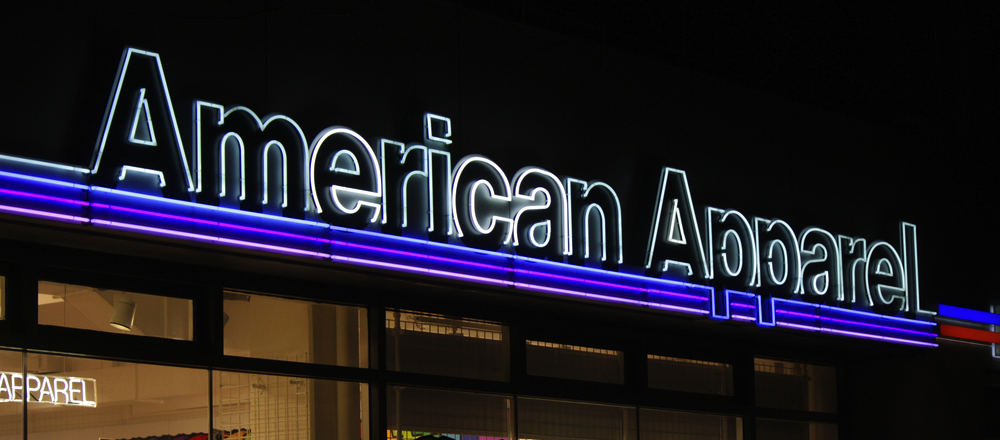
American Apparel has ousted CEO Dov Charney under the pretense of “misconduct,” most likely having to do with his storied history of sexual harassment cases. When you sell sex for a living, it takes a man who claims his biggest weakness is himself to get fired for it.
American Apparel hasn’t turned a profit since 2009, they haven’t seen their stock price rise above two dollars since early 2013 (it is currently hovering around 68 cents, but on the rise). Tack on the hyper-sexualized and oft criticized advertising and illegal immigrant issues, and ousting Dov Charney at any point made sense. As branding expert and strategist Rob Frankel points out, most CEOs tend to be at least a little nutty so Charney must have really crossed a line.
“Charney has always been a loose cannon and like most founders, singularly focused and bordering on sociopathic,” said Frankel. “I don’t mean criminal, just hard-driven and completely lacking in any kind of empathy for those around him. Those characteristics are common in CEOs, by the way, and account for some of their phenomenal successes — which often leave a trail of destruction behind them.”
So what is next for the beleaguered brand, the identity of which has long been tied up with Charney’s cult of personality? They are still a popular option for popped collar millennials and Gen X hipsters alike. This is a brand that is in no way dead, but has an opportunity here to create an entirely new look not based on the whims of a controversial chief executive.
Change nothing
While it has done nothing for the stock price (which implies investors may be tired of the current branding) an option for American Apparel is to just keep on keeping on. Up until now, their advertising, which often features actual porn stars, has been something of an enigma, often showing more skin than product and based on their earning reports — creating more public backlash than sales.
Though Frankel said this is not the most likely approach. “I’d expect that with Charney out of the way, things can only get better for American Apparel. It now has an opening to create a real brand strategy and gain serious market share.”
Embrace whimsy — or double down on hipster
There is no reason that American Apparel can’t become the next Old Navy in the sense of branding. Old Navy jumped the shark several years ago with their talking mannequins. They have settled once again on celebrities and comedy to sell their clothes; there is no denying the appeal of comedians talking about hip pants.
Pending the celebrity endorsements and comedy approach, something geared more towards my generation (too old to even shop at American Apparel), there is always the hip approach. This has worked very well for companies like Levi’s, creating their own super hip subculture.
However, as Jennifer Hoffman, founder of branding agency by30six points out — American Apparel is a brand for the cool kids.
“Becoming the next Old Navy or turning into The Gap would be the kiss of death with their young fan base because those brands have zero cool factor with kids,” Hoffman said. “They’d do better creating an entirely new identity that focuses on being weird and different, because if they go whimsical like Old Navy or try to be hip like Levi’s their fan base will laugh, make fun of them on social media and abandon the brand entirely.”
A crisper presentation
“Most likely, the public will see a change similar to what happened with Mens Wearhouse,” says Frankel, “Where the founder was booted out and the brand shifted focus and presentation.”
Even though the Men’s Wearhouse branding has historically been quite benign compared to American Apparel’s, the rebranding efforts might follow the same path: The former CEO no longer the face of the company — either physically or through influence — gets replaced by slick, eye catching advertising with the purpose of selling clothes.
Perhaps American Apparel’s advertising will start focusing on the way you look in their clothes; instead of the way their models look without them.
More in Marketing

Zero-click search is changing how small brands show up online — and spend
To appease the AI powers that be, brands are prioritizing things like blogs, brand content and landing pages.

More creators, less money: Creator economy expansion leaves mid-tier creators behind
As brands get pickier and budgets tighten, mid-tier creators are finding fewer deals in the booming influencer economy.

‘Still not a top tier ad platform’: Advertisers on Linda Yaccarino’s departure as CEO of X
Linda Yaccarino — the CEO who was never really in charge.





